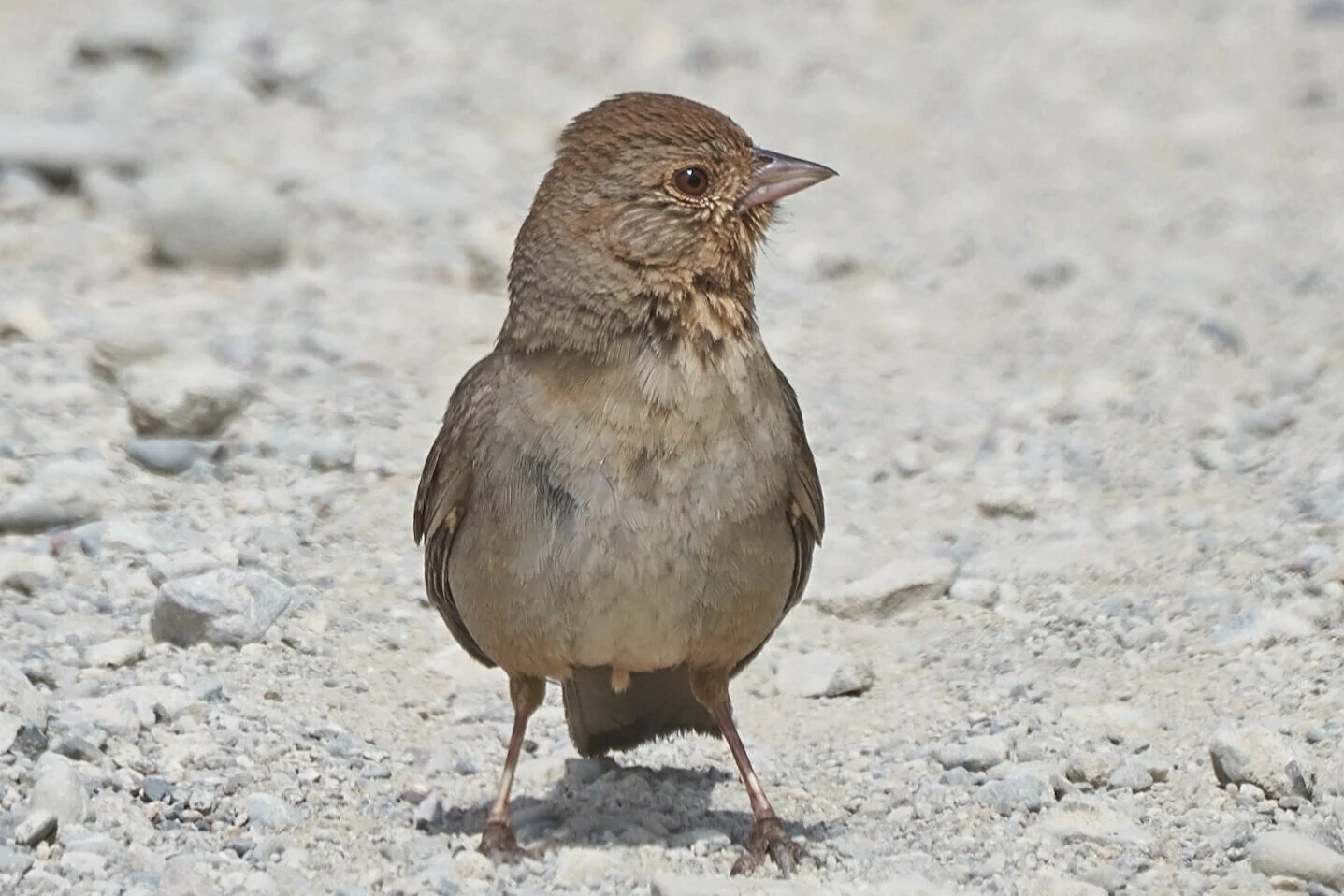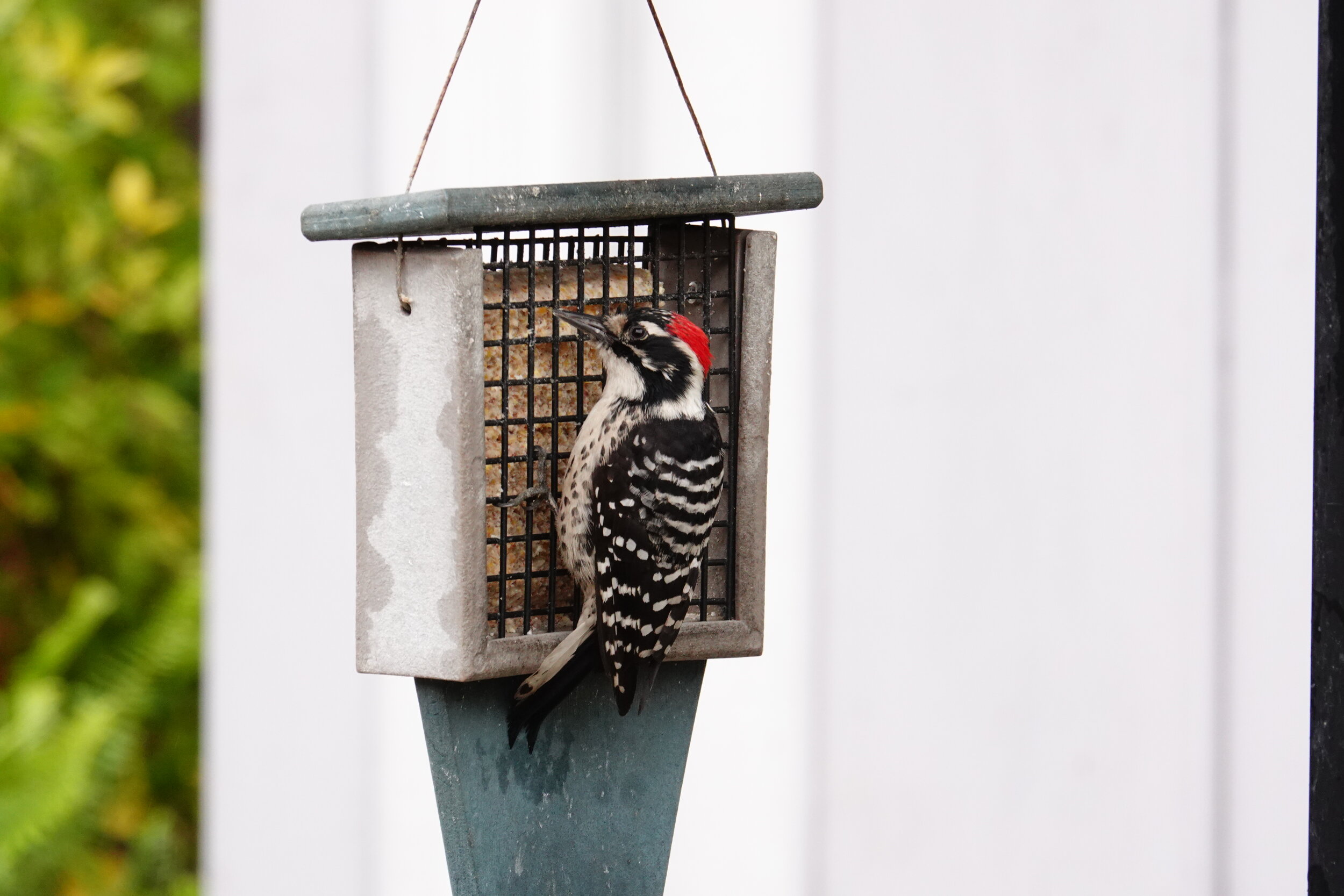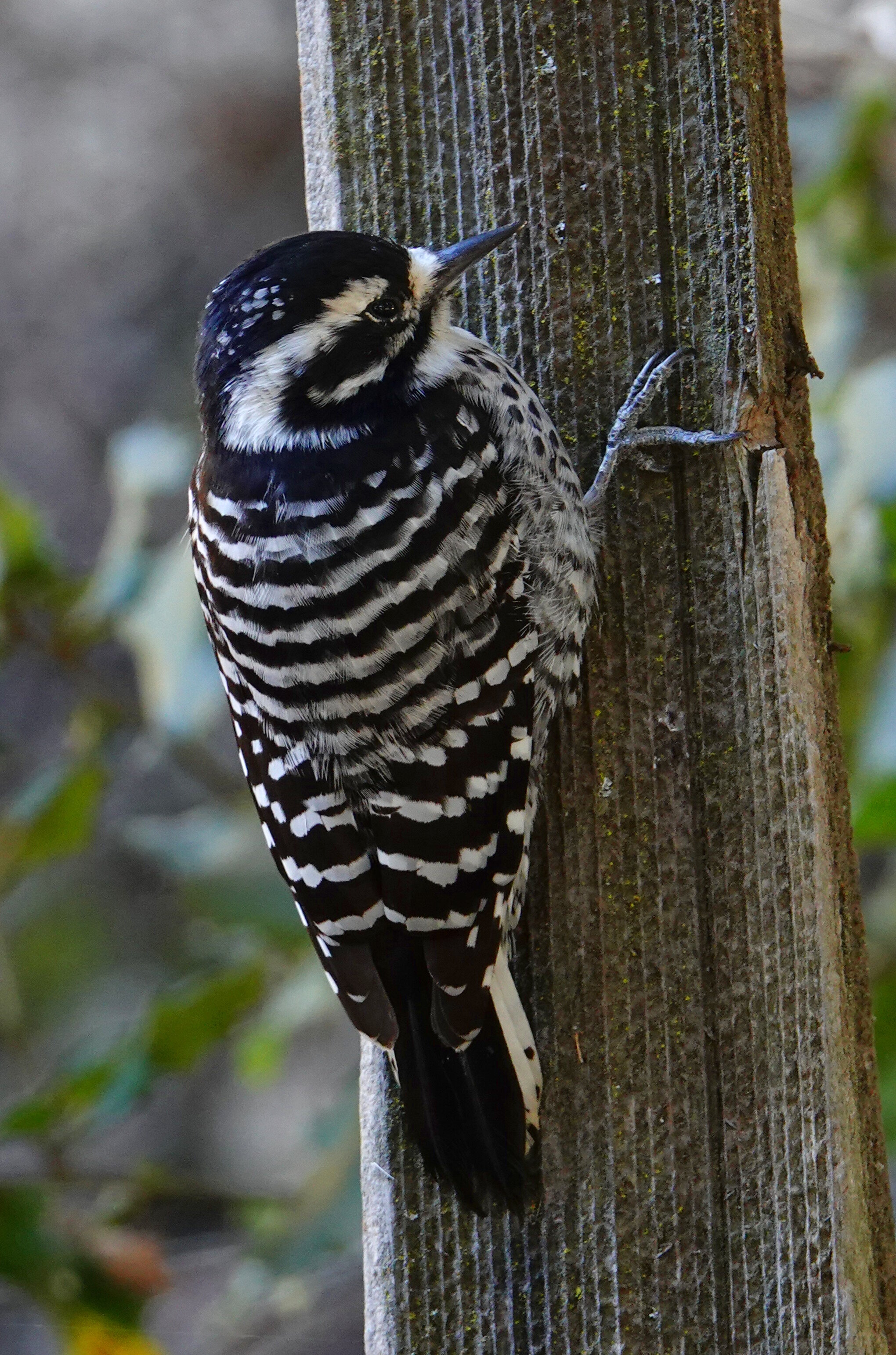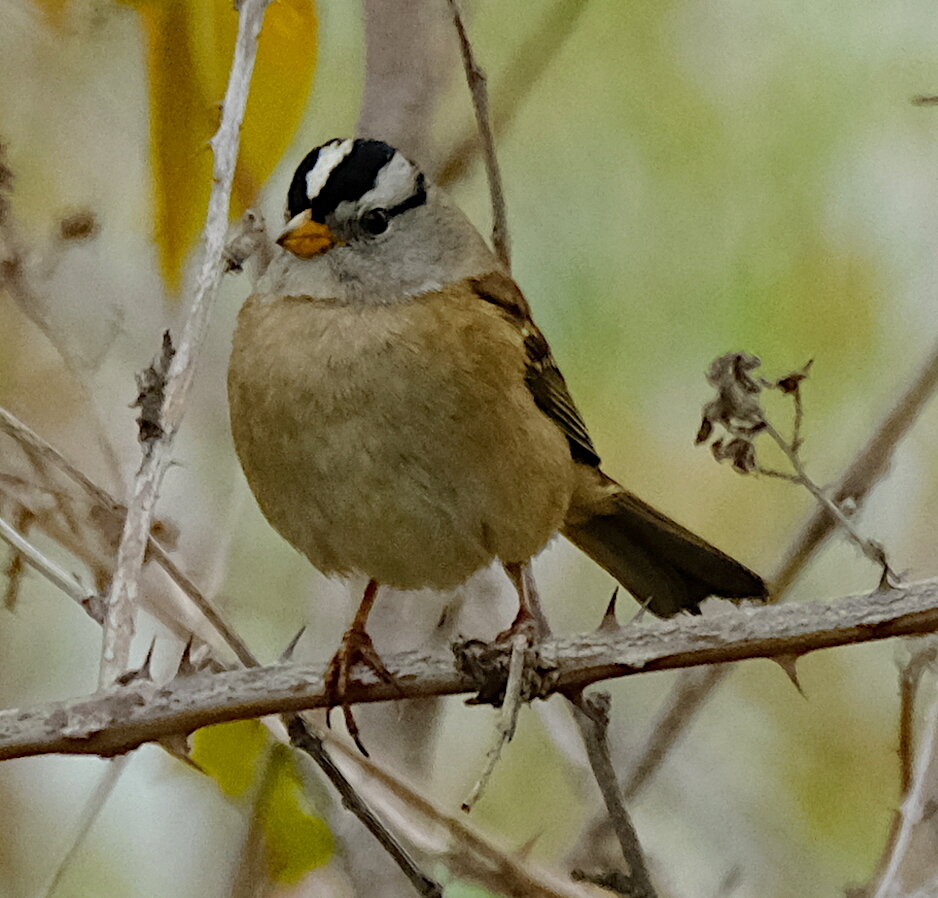California Towhee
California Towhee
by Dave Zittin
The California Towhee is the largest sparrow found in our area. This species is non-migratory and is here throughout the year. California Towhees are territorial during breeding season and are often seen sparring with their reflections in windows and car mirrors. They show strong pair bonding. Frequently we see two at a time feeding in our backyard.
California Towhee by Dave Zittin. Notice the cinnamon colored throat.
Attracting California Towhees to Backyards
Like other bird species in our area, California Towhees are omnivorous. They specialize in eating seeds and fruits but they will also consume insects. Although they seem to prefer eating off of the ground, I have seen them on suet and hanging seed feeders.
Description
The California Towhee is a large, plain sparrow belonging to the genus Melozone. This species is mostly gray-brown in color. The wings and the top of the head (crown) can be a little darker than the rest of the body. The under tail coverts and the areas immediately around the eyes and the throat are a warm, cinnamon-brown color. The cinnamon throat often contains dusky spots or streaks.
California Towhee with rufous under tail coverts. Photo by Dave Zittin
Distribution
The California Towhee ranges from the Southern Oregon border south to the southern tip of Baja California. In California it occurs mostly in the western half of the state. In natural areas they occur in chaparral scrub lands and in riparian areas. California Towhees are often encountered feeding at trail edges where they can retreat into brush if threatened. They also do well in suburban backyards whenever there is food, water and plants which can provide safety.
Similar Species
There is one unrelated species that resembles the California Towhee, the California Thrasher. Both are large brown birds that are often seen feeding off of the ground. However, the California Thrasher is larger and has a very long down curved bill which it uses to thrash and turn over leaf litter as it forages for insects. The bill of the California Towhee is short and conical. The California Towhee uses both feet at the same time, not its bill, to turn over ground litter in search of food. There are eight species in the genus Melozone, three of which occur in the United States. The other species are found from Mexico and south into Central and South America. There is only one species of Melozone in our area, the California Towhee.
California Towhee by Brooke Miller
California Thrasher pair by Janna Pauser
Explore
California Towhees have a distinct metallic “clink” call. Listen to it by visiting the “Sounds” tab at:
All About Birds: California Towhee
More Backyard Bird Information
View more common Santa Clara County Backyard Birds
Visit our Backyard Birding page
Read our Notes and Tips from a Backyard Birder series
Tell us what you’re seeing in your yard! Send your notes, photos, and sound clips to backyardbirds@scvas.org. We’ll feature your submittals on our website.
Banner Photo by Carter Gasiorowski






















